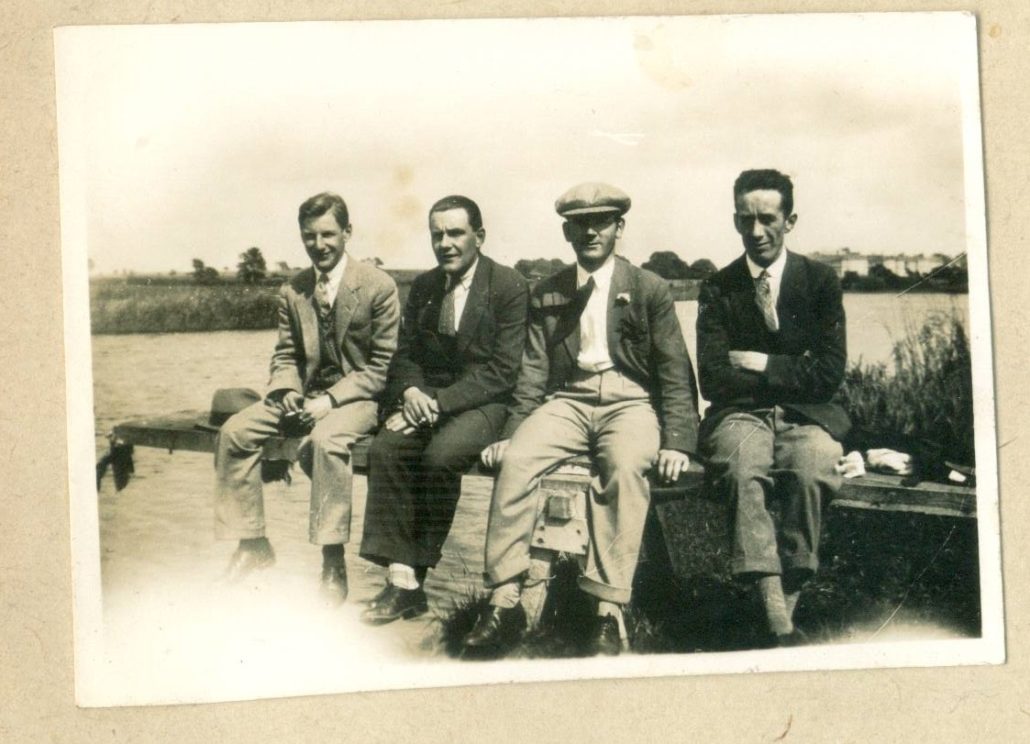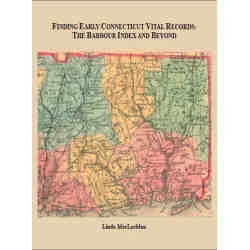
In my eyes the Future of Irish Genealogy is a promising one. Here are the reasons why:
1. The major Irish record sources can now be examined online, such as:
- Census enumerations of 1901 and 1911 can be searched at www.census.nationalarchives.ie
- Irish Civil Records of births from 1864-1920, marriages 1845-1945 and deaths 1871-1970 can be searched and viewed at www.irishgenealogy.ie
- RootsIreland, at www.rootsireland.ie, is a good starting point for searching church registers of baptisms, marriages and burials as this website is the largest online source of Irish church register transcripts.
Furthermore, a growing number of census substitutes can also be examined online:
- Mid-19th century Griffith’s Valuation at www.askaboutireland.ie/griffith-valuation
- Early-19th century Tithe Books at www.titheapplotmentbooks.nationalarchives.ie
- 1796 Flax Growers’ Lists at https://www.failteromhat.com/flax1796.php.
Unfortunately, when you search and/or subscribe to a database or commission a genealogist you are not guaranteed success! There is always a possibility that the record doesn’t exist in the first place.
For example, it is recorded that Cardinal John McCloskey was born in New York in 1810 to parents Patrick McCloskey of Killunaght (Banagher parish, County Derry) and Elizabeth Hassan of Coolnamonan (Banagher Parish, County Derry). But there are no surviving Catholic registers in wider Dungiven area prior to 1825, hence church registers will not establish and confirm the ancestors of and descendants of Patrick McCloskey and Elizabeth Hassan.
Nearly all people tracing their Irish ancestry eventually hit a brick wall; quite often when your research extends beyond registers of baptisms/births and marriages (which are the building blocks of Irish family history) you have few means (unless the precise family history has been documented and passed down through the generations) to confirm family connections.
2. Once you have exhausted traditional genealogical sources, if you can find no potential ‘matches’ in the ‘big’ Irish family history websites, you may wish to consider reaching out to the wider family history community in the hope that you can make contact with someone with knowledge/oral traditions, which may not be found in any historical documents and/or captured in any database, that shed new light on the origins of your ancestors.
A growing number of people are purchasing DNA tests in the hope that they can connect with ‘genetic cousins’, whose DNA test results ‘match’, and who may hold more information about the family tree than they currently hold, either in the form of historical documentation or oral tradition as to the origins of a family.
I do believe there is a role for DNA in genealogy but it requires much work (i.e. contacting potential ‘matches’) and luck (that one of the matches holds ‘new’ information about family origins, either in the form of historical documentation or oral tradition).
In Ireland, Maurice Gleeson has a growing reputation both for his knowledge about DNA testing and genetic genealogy and as an advocate ‘for using DNA as a genealogical tool to help you break through those frustrating family-tree brick walls’. Maurice can be contacted at mauricegleeson@doctors.org.uk .
In Northern Ireland, Martin McDowell, Education and Development Officer with the North of Ireland Family History Society (NIFHS), is an enthusiast about the benefits of DNA testing. Martin is one of the administrators of the North of Ireland DNA Project with FamilyTreeDNA (FTDNA), and he is keen to promote DNA testing across Ireland (contact and further details at https://www.nifhs.org/dna).
3. Social media tools make it much easier to communicate with a global family history community. For example, since 2010, the Ireland reaching out community and website, at www.irelandxo.com, has been connecting the Irish Diaspora through family history. You can search their message board and get free genealogical advice from their Irish county-based volunteer network.
The value of family folklore and oral tradition in Ireland should not be underestimated. Nearly every parish in Ireland will have a long-standing resident with knowledge/oral traditions, not to be found in any historical documents, that can shed new light on the origins of families.
4. Location, Location, Location: County, Parish, Village and Townland
The key to unlocking Irish family history origins will remain the knowledge of place. In tracing your roots in Ireland the most important piece of information to treasure, to be gleaned from either family folklore or record sources, is any information as to a place of origin of your ancestors.
From a family historian’s perspective, the most effective way to view Ireland is as a country that is subdivided into counties, which in turn are subdivided into parishes, and which in turn are subdivided into townlands. A driving force among most people tracing their family history is to identify an ancestral home; to stand on land where the family house would have stood centuries ago. In Ireland this, in effect, means identifying the townland your ancestor lived in.
Living in northwest Ireland I am very familiar with the problems of searching for an ancestor with a common name/surname with no knowledge of their parents and/or place of origin. For example, the database of Derry Genealogy at www.derry.rootsireland.ie holds birth details of 317 Patrick Dohertys, 359 William McLaughlins and 253 John Gallaghers!! But if you know names of parents or parish/townland of birth you can quickly eliminate many of these names from your research.
5. Unfortunately, many people in the US tracing their Scots-Irish ancestry don’t know where in Ireland their ancestor originated.
I feel the key to successful research of Scots-Irish ancestors in USA lies, in the first instance, in the examination of record sources of Colonial and Revolutionary America and of local history publications in North America not in Ireland! And, of course, tracing 18th century Scots-Irish ancestors is complicated by the inadequacy of 18th century records in Ireland itself!
In Colonial America the Land Patent Books of Virginia, the registers of indentured servants in Pennsylvania, and petitions for land grants in Maryland and South Carolina will, I suspect, identify many recently arrived immigrants from Ireland. Immigrant arrival records can also be reconstructed by examination of local history publications. For example, History of Londonderry, by George Franklin Willey (Londonderry, New Hampshire: 1975), includes ‘Map of a large portion of the original town of Nutfield settled in 1719 and chartered as Londonderry in 1722, prepared and drawn by Revd. J G McMurphy, which names the earliest settlers of Londonderry, New Hampshire. For the most part these settlers had migrated from rural parishes in and around Coleraine, County Londonderry and Ballymoney, County Antrim.
6. When international travel resumes make that visit to Ireland to walk in the footsteps of your ancestors! There is indeed great value in visiting the local area just on the off-chance that a current resident holds knowledge/oral traditions/folklore, not to be found in any historical documents or captured in any database, that shed new light on ancestral origins.
Brian Mitchell, Derry Genealogy, genealogy@derrystrabane.com
15 March 2021.
Click here to check out these distinguished publications by Brian Mitchell




